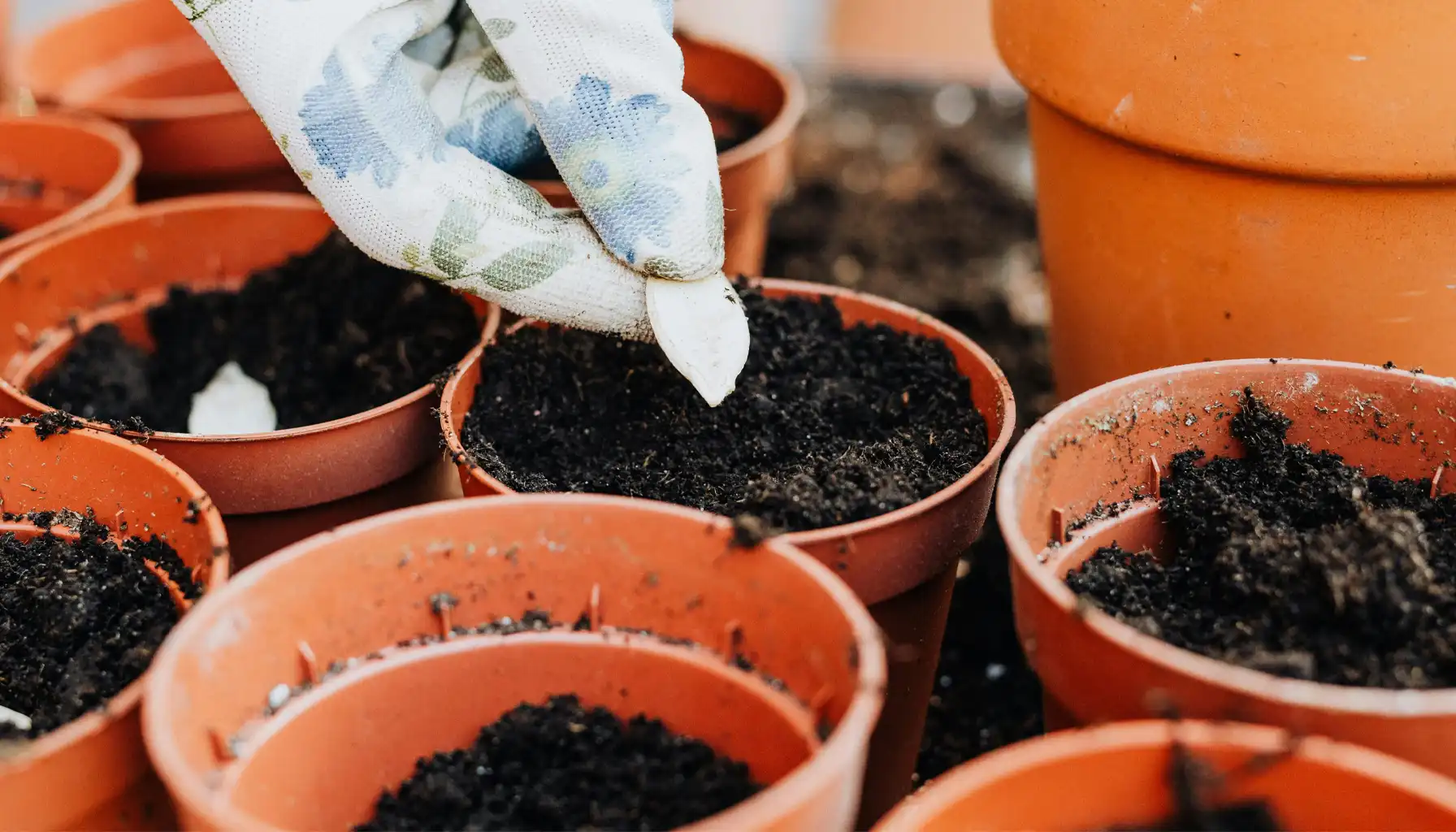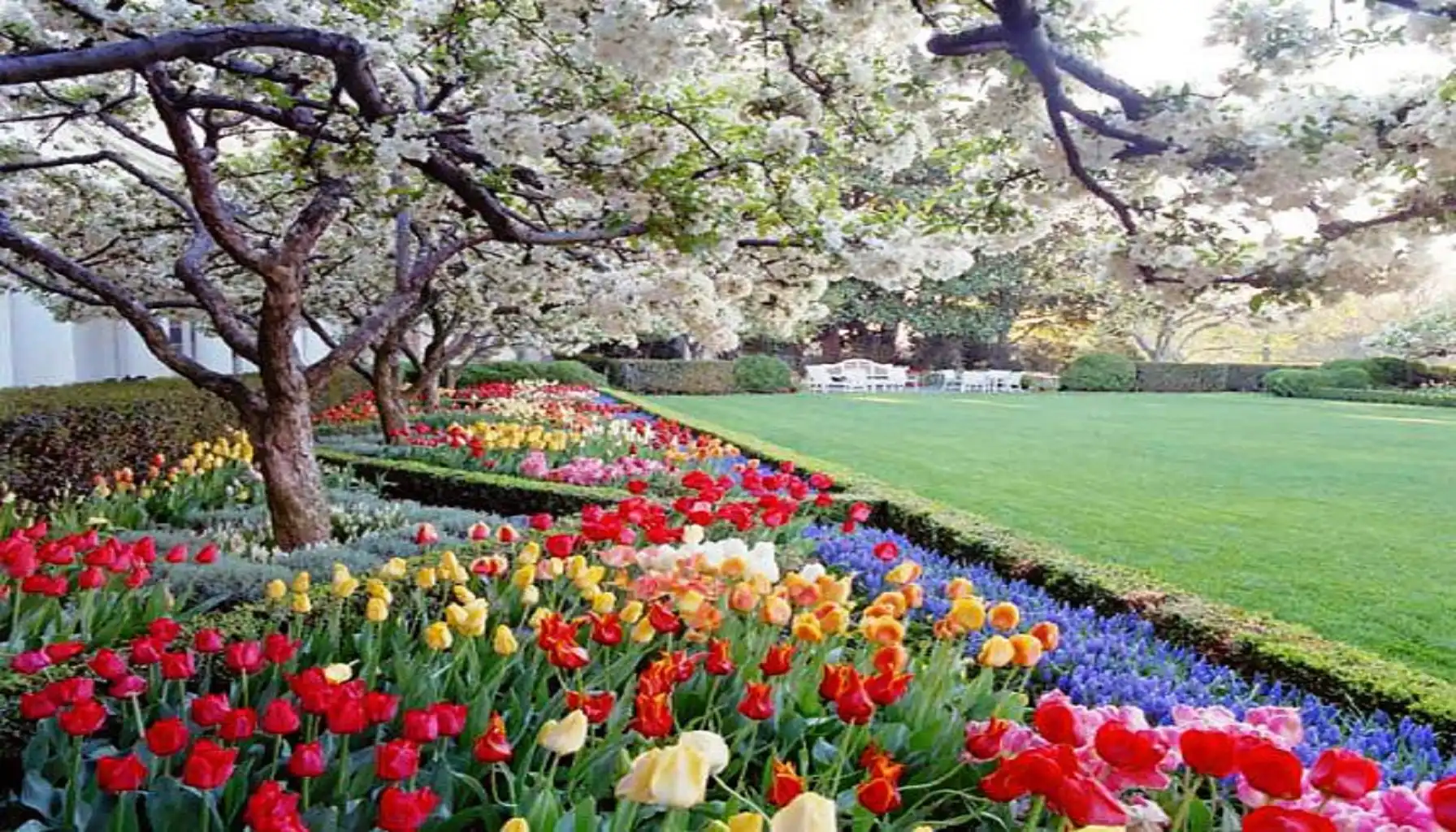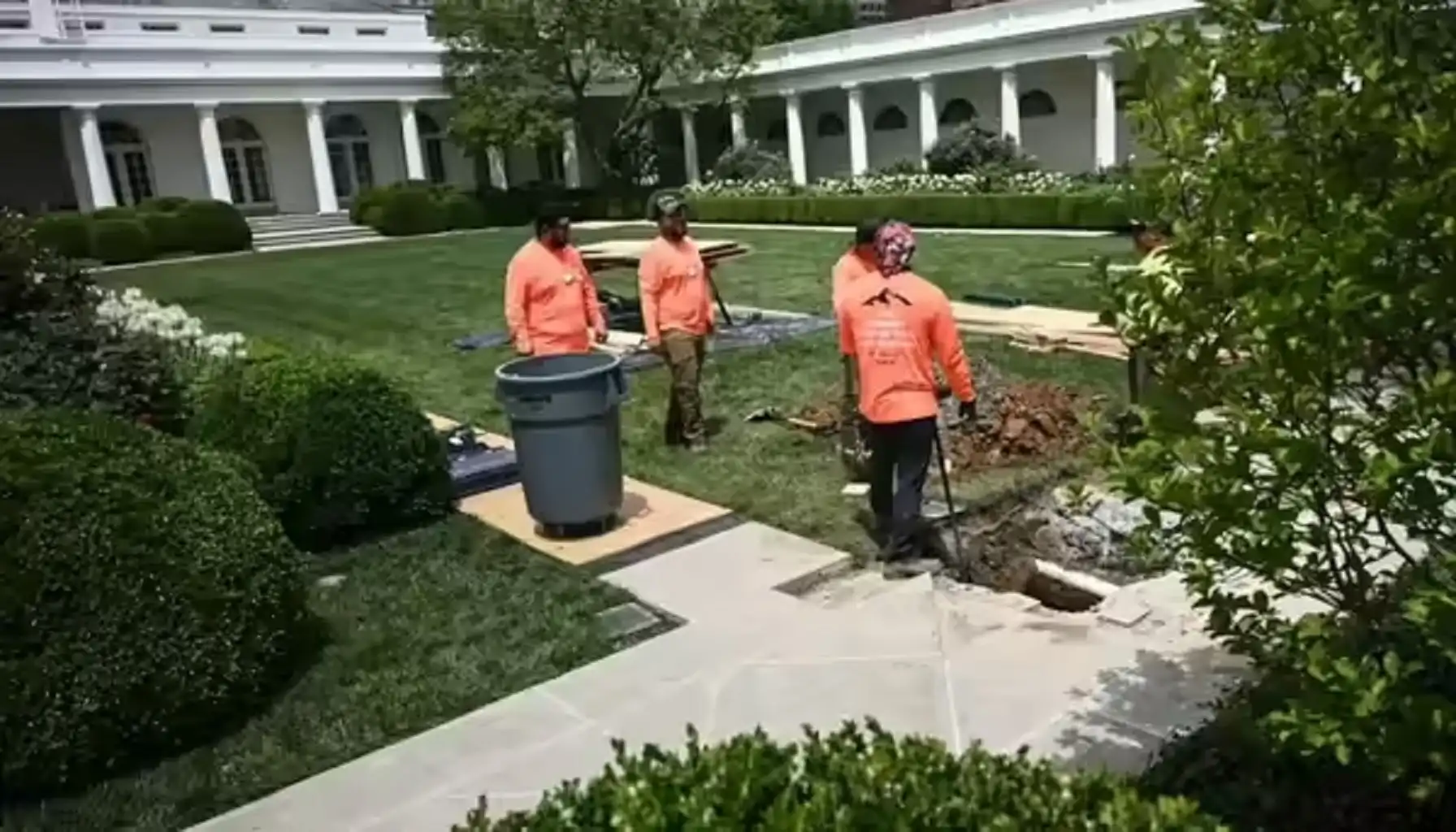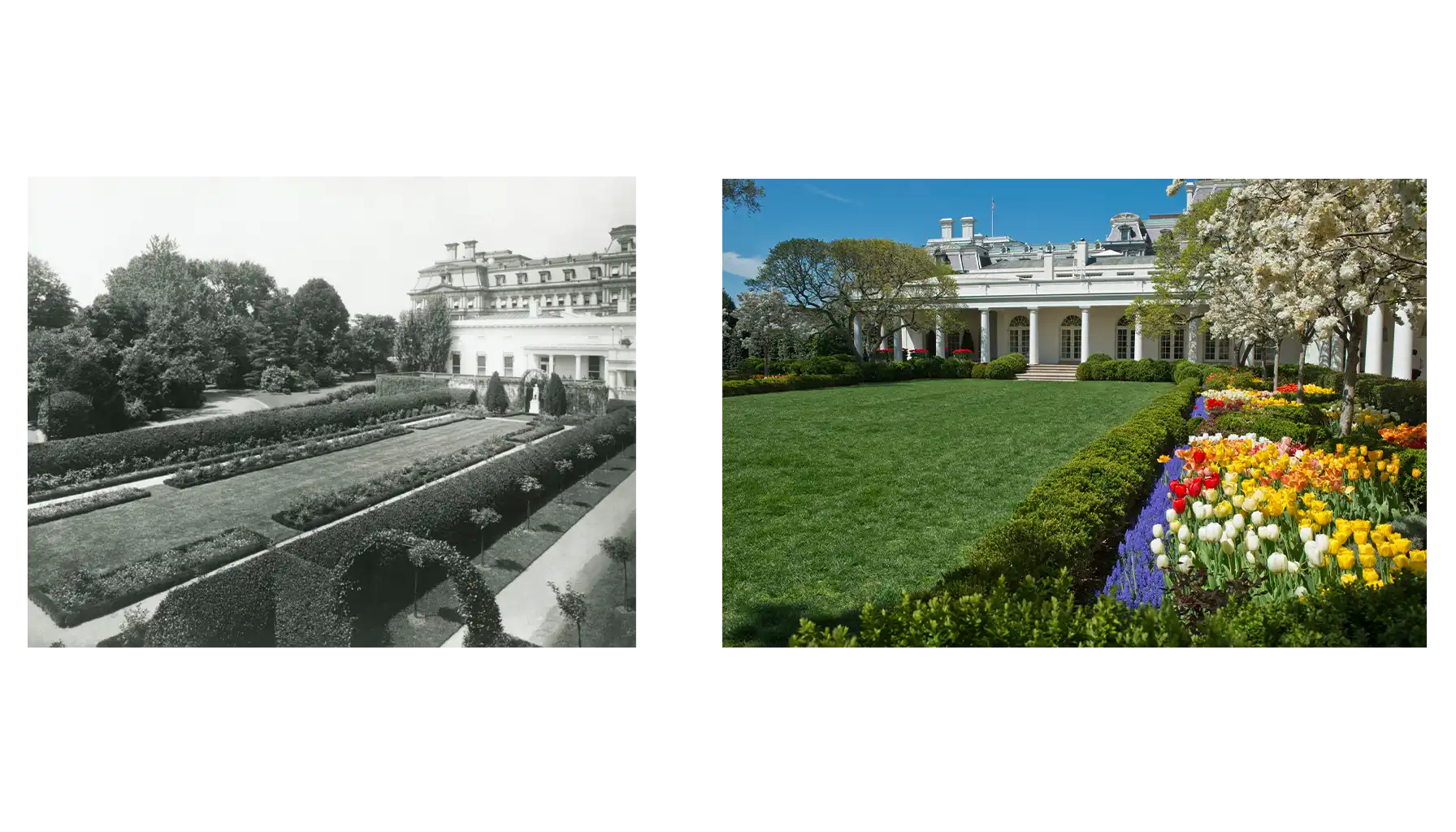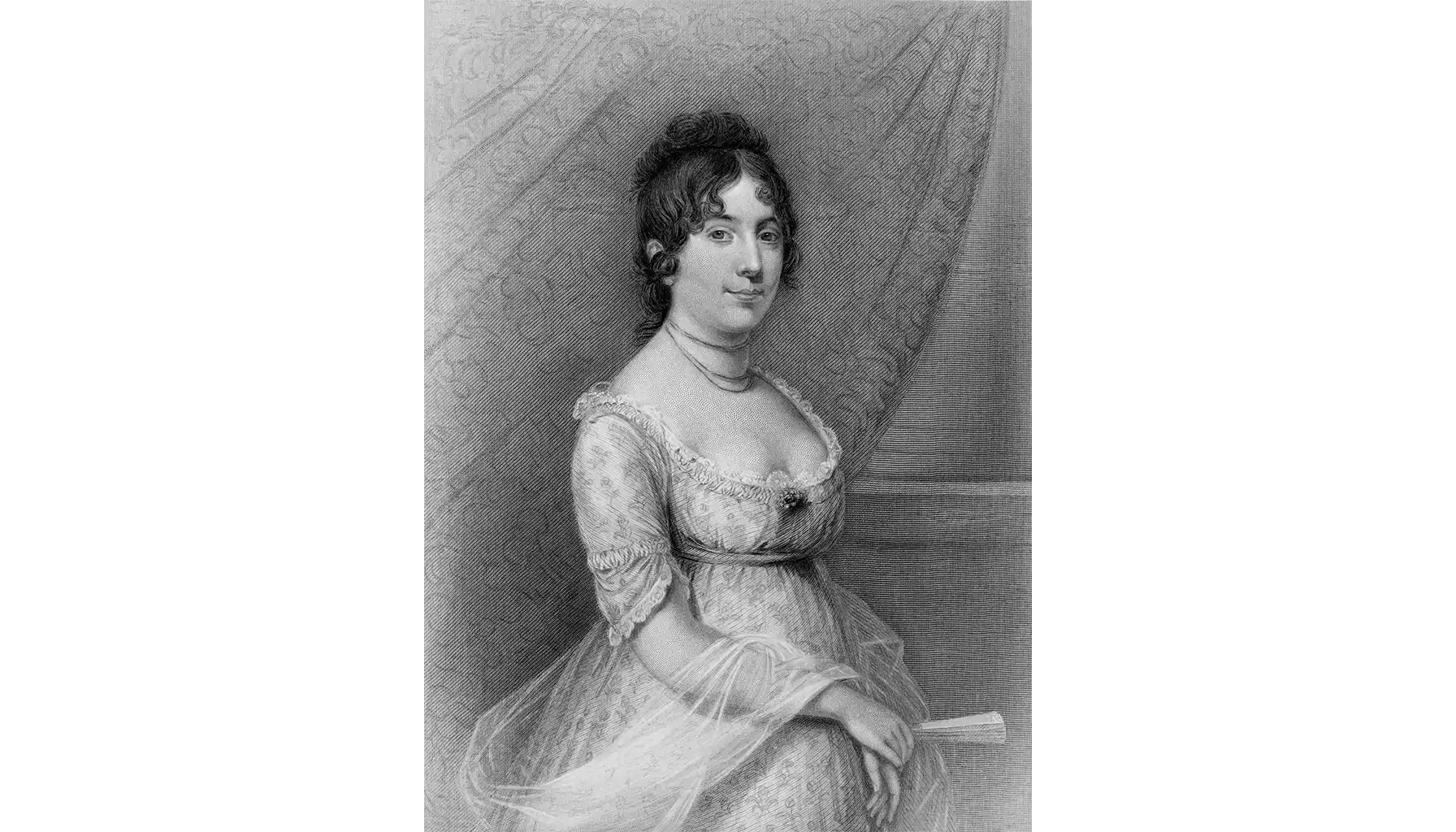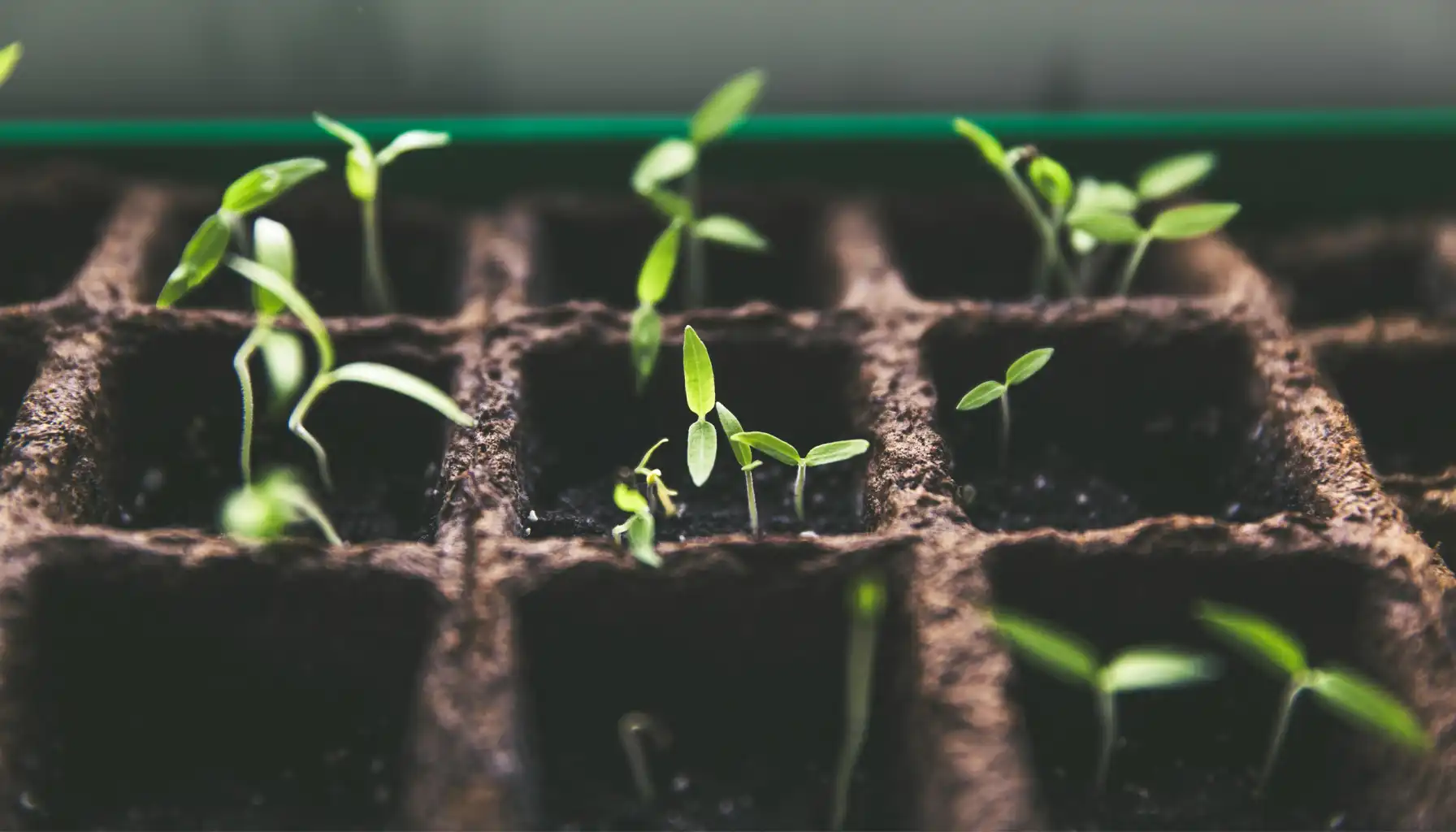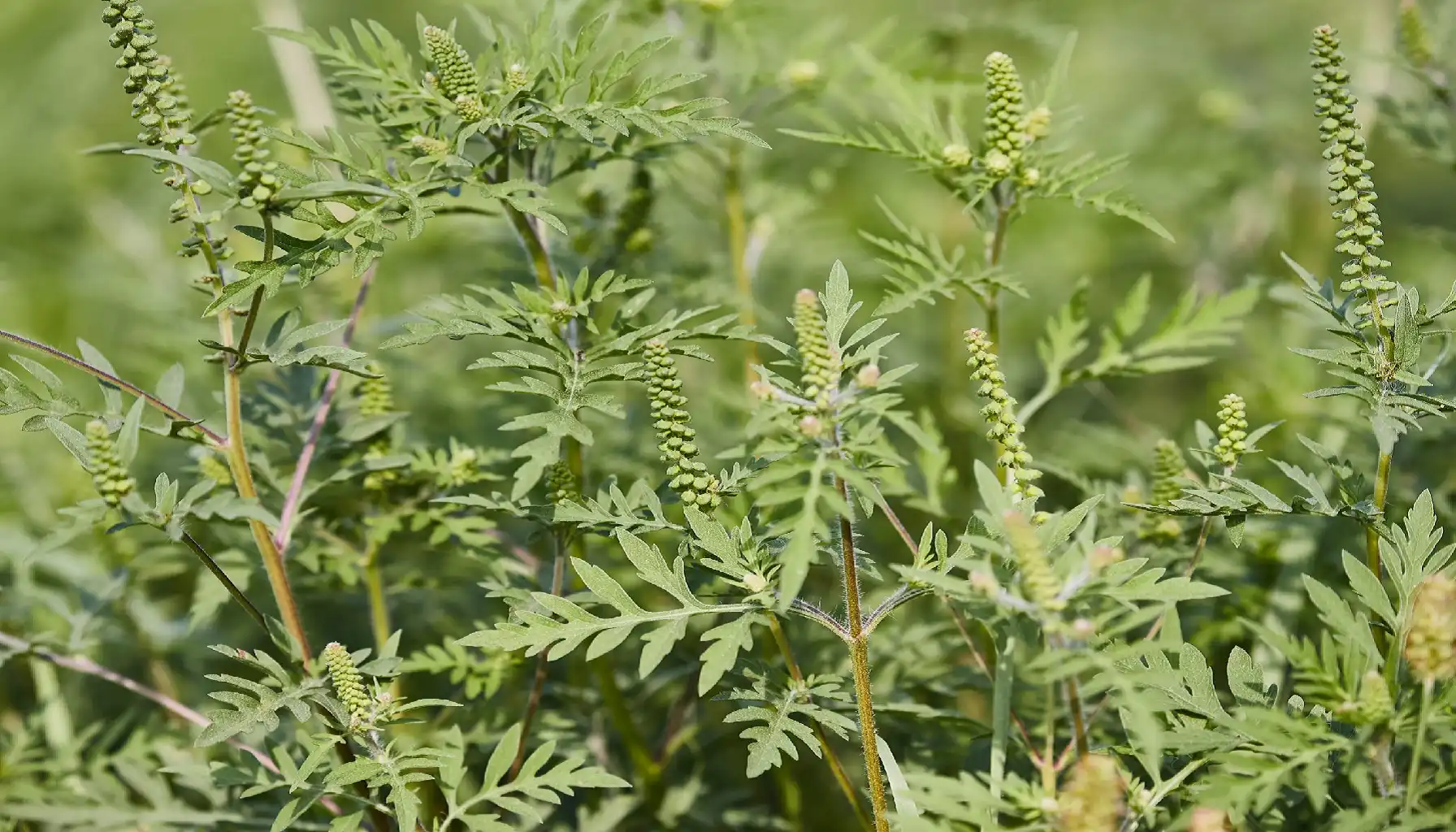What may seem obvious to Americans can be quite surprising to those who have never been raised in the United States. As most people recall, the White House has long been known as a symbol and the official residence of the current US president and his administration. However, this establishment is not confined to the main building only.
This complex is composed of several architectural constituents, with the Rose Garden at the White House being one of the most prominent places that most Americans wish to visit. But why is it so special to us, casual plant lovers? Why is it considered a beloved and symbolic location? And how might a plant identifier boost your experience while visiting?
Briefly About the History of the Rose Garden White House
The territory of the White House is rather expansive, and it covers the main residence, carefully maintained gardens, offices, and ceremonial spaces as well. However, the White House we may visit today was not always the same. The Rose Garden, in particular, appeared only in the early 1900s, though the origins of the titled building date back to the late 18th century, with its construction having begun in 1792.
As for the Rose Garden, its appearance was initiated by First Lady Edith Roosevelt in 1902 as a formal garden that was meant to be placed as a logical extension of a rose conservatory in the area. Nevertheless, its official establishment came later, in 1913, by Ellen Louise Axson Wilson, i.e., the wife of Thomas Woodrow Wilson, the 28th president of the United States.
Over the years, though, the area has undergone numerous renovations and modifications, often guided by the preferences of the administration in power at the time. The Rose Garden we know today took shape only in 1962 under the guidance of First Lady Jacqueline Kennedy and landscape designer Rachel Lambert Mellon. This is when the garden turned into a proper, elegant space for ceremonies, press conferences, and state receptions to be held.
Indeed, the history of such an iconic place is interesting to explore, but our main focus today is still on its floral setting rather than architecture (although that, too, is hard to miss).
Design and Layout
The structure of the garden has also undergone changes over time, yet we shall focus on the latest iterations and the most prominent "versions" of this space. Originally, the garden followed a symmetrical layout, resembling traditional formal meeting spaces. The central lawn is framed by the boxwood hedges and seasonal flower beds, the contents of which change throughout the year.
One of the most defining redesigns was undertaken in 1962 that aimed to reimagine a bit outdated layout with an innovated structure, the gravel walkways bordering the lawn toward the West Wing colonnades, and a broader variety of plants, including American species like pale pink 'Katherine' crabapples, Littleleaf lindens, peony colors, thyme-trimmed hedges, with boxwood lining the lawn-facing edges, and roses, all in more pastel color palettes.
Each corner is decorated with magnolia trees transplanted from the Tidal Basin, which were later replaced with ‘Spring Snow’ crabapples in 2019 (were removed, too). As the name of the garden suggests, roses have always been the symbol of the garden's identity, which was manifested through the varieties like "Queen Elizabeth," "Pascali", and the white "Nevada" rose shrubs. Apart from that, there are always seasonal blooms like tulips in spring or chrysanthemums in fall.
By the way, here are the White House Rose Garden before and after photos:
The Ghosts of the Garden
Each significant location is always surrounded by myths and mysteries that cannot but boost its appreciation and appeal. The White House Rose Garden is no exception. Though it is mainly considered a physical representation of power, it may present a few thrilling supernatural stories about the figures who might have been said to be ghosts. So, who is said to haunt the White House Rose Garden?
One of the legends that is worth mentioning today is about Dolley Madison, the beloved wife of James Madison, the fourth president of the United States. Although the Rose Garden was created long after her days, Dolley is assumed to be the initiator of planting the first formal gardens at the White House. And she would never leave it, as the story suggests.
According to the rumors, when Woodrow Wilson’s wife once attempted to move or alter the garden area, there appeared Dolley’s ghost as a sign of disapproval. Besides, staff also reported the presence of something supernatural at that time. Was it a real ghost or something else? No one may know for sure.
How to Visit the White House Rose Garden Today
Though it is one of the most iconic outdoor spaces in Washington, D.C, it is not open to the public all year round. Access to the garden is typically granted during special Garden Tour weekends twice a year, i.e., in spring (usually April) and again in fall (October).
Detail | Information |
Tour Availability | One weekend in April and one in October |
Operating Hours | 7:30 AM – 11:30 AM (Tue–Thu) 7:30 AM – 1:30 PM (Fri–Sat) |
Ticket Requirement | Timed ticket required |
Cost | Free |
Booking Window | 7–90 days in advance |
How to Request | Through your Member of Congress |
ID Requirement | Government-issued ID (or passport for foreign visitors) |
Security | All visitors are subject to screening |
*Information provided by the official website of the White House. For the most accurate details, please consult the White House Visitor Information page or contact your Member of Congress directly.
How to Book Your Visit
To attend a White House Garden Tour, one needs to request access in advance. US citizens should submit their request through their Member of Congress, and international guests may need to inquire through their embassy. Requests must be made no fewer than 7 days and no more than 90 days before the preferred tour date.
Once confirmed, one is to receive a designated time slot and check-in location. Keep in mind that tour availability depends on the White House’s official schedule and may be canceled or changed due to weather or security concerns.
Essential Tips: How to Get the Best Out of Your Visit
A visit to any botanical garden is a rare experience, and taking the most of this is anyone's priority without a doubt. Here are a few essential tips for one to ensure that their type is to be rewarding and will rest as a pleasant memory for years.
Plan to arrive early
Since all visitors must pass through security screening, it is vital to plan the arrival earlier. Anyone 18 or older must present a valid government-issued photo ID, while foreign nationals are required to bring a passport. Make sure you bring your documents and get them checked so as not to miss a chance of visiting a renowned location.
Explore the background
Take time to learn about the garden’s history and the First Ladies who took part in establishing it. This is how you might understand each symbol and comprehend the meanings hidden in its spots.
Check the forecast
Do dress appropriately for the weather and wear comfortable walking shoes. Besides, do not forget to bring a small umbrella if needed, but remember that large bags and backpacks are not allowed.
Respect the rules
Know what you are not allowed to bring. Phones and compact cameras are fine, but food, drinks, and oversized items are not.
Use a plant identification app
Plants are the most captivating to observe! Take your visit to a new level and employ identifying tools to explore the garden’s diverse plant life in real time. AI Plant Finder is a decent choice that lets you take a photo and instantly learn the plant snapped, and review its history and specific features (that most visitors, unfortunately, miss).
Related articles: The Truth Of Raised Beds: Benefits, Requirements & Pro Tips
There are places that are heavily controlled and cannot be explored without preliminary preparation. So, take your time and let this visit be a friendly reminder that nature and the most human-produced endeavors do coexist.
AI Plant Finder Related Posts
